Nodaji Pumba(노다지품바)
12.1Km 2020-12-18
40 Jong-ro 35-gil Jongno-gu Seoul
+82-2-764-5814
You can enjoy egg cockle shabu-shabu. This Korean dishes restaurant is located in Jongno-gu, Seoul. The most famous menu is shabu-shabu.
Jinguk Seolleongtang (진국설렁탕)
12.1Km 2021-03-29
293, Gosanja-ro, Seongdong-gu, Seoul
+82-2-2292-4700
It is a store that’s open 24 hours a day. This Korean dishes restaurant is located in Seongdong-gu, Seoul. The most famous menu is ox bone soup.
Yurae hoegwan (유래회관)
12.1Km 2021-03-29
196, Majang-ro, Seongdong-gu, Seoul
+82-2-2293-8866
It is a restaurant where you can enjoy Korean beef sirloin with a tradition of 57 years. This Korean dishes restaurant is located in Seongdong-gu, Seoul. The representative menu is grilled sirloin.
Rakkojae Seoul Bukchon Hanok Hotel [Korea Qaulity] / 락고재 서울 북촌 한옥호텔 [한국관광 품질인증/Korea Quality]
12.1Km 2021-10-27
49-23, Gyedong-gil, Jongno-gu, Seoul
The main building in Seoul is a traditional Korean cultural space renovated by Jeong Yeong-jin, a human cultural asset, from a hanok with a history of 130 years. Traditional flags, fences, pavilions, chimneys, and jangdokdae are holding the blue sky with pine trees, creating a harmonious Korean-style house. Passing through the elegant tall gate, as you see the jangdokdae, a small but clean hanok will be revealed, and the pine trees and bamboo trees added to the natural beauty, while the loving Gomusin placed on the stone brings back beautiful memories.
Rakkojae is a place where the customs of the aristocrats in the past are melted in various places, creating a wonderful atmosphere by carefully reviving the pavilion, ponds, and daecheongmaru. Especially, Daecheongmaru adds the beauty of the margins of hanok to give you a sense of refreshment. As the old scholars did, sitting on the pavilion makes the time flow slow and the wind that passes over the Sotdae feels special.
In addition, you can experience the beauty of Korean tradition with various programs such as tea ceremony, jjimjilbang, royal robes, and kimchi-making along with traditional Korean food. Rakkojae's accommodation, reminiscent of a nobleman's house in the Joseon Dynasty, is well-kept and comfortable that it is comparable to a luxury hotel, and the natural jade-covered ondol rooms and firewood jjimjilbangs made of cheongito provide a healthy journey for many guests.
Yuil Seolleongtang (유일설렁탕)
12.1Km 2021-03-29
154, Yongmasan-ro, Gwangjin-gu, Seoul
+82-2-452-5860
It is a store that has been in operation since 1987. This Korean dishes restaurant is located in Gwangjin-gu, Seoul. The most famous menu is ox bone soup.
Puerta Heunginjimun (Dongdaemun) (흥인지문)
12.1Km 2023-02-21
Jong-ro 288, Jongno-gu, Seúl
La puerta Dongdaemun fue originalmente llamada Heunginjimun, y es la antigua entrada oriental a la ciudad de Hanyang (Seúl).
Dongdaemun fue edificada por el rey Taejo in 1396, renovada por el rey Danjong en 1453, y su actual estructura fue hecha por el rey Gojong en 1869. Aparentemente, la gente comenzó a llamarla Heunginjimun desde los tiempos del rey Sejo (1455-1468). Pese a que la puerta es conocida en general con el nombre de Dongdaemun, mucha gente aún la sigue denominando Heunginjimun, con la intención de preservar su antiguo legado.
La característica más interesante de Dongdaemun es que tiene un ongseong, un muro externo especialmente construido con forma de media luna. Originalmente, el palacio real en Hanyang se había erigido sobre un terreno bajo, por lo que era difícil defenderlo de las invasiones. Por ello, hicieron levantar un muro para compensar dichas desventajas. Se puede observar que la puerta fue hecha teniendo en consideración la geografía del entorno. Las rocas de ongseong tienen diferentes colores, que fueron cambiando a través de las diversas obras de renovaciones que sufrió la puerta.
En el centro del muro reforzado de piedra se encuentra la puerta más pequeña Hongyemun. Sobre esta, se halla el piso intermedio compuesto de cinco secciones y el techo tiene el estilo llamado "de Ujingak". En los aleros del techo están las estatuas japsang, que se parecen a animales y se dice que espantan a los espíritus malignos. La estructura de Dongdaemun tiene una intrincada técnica de los detalles y hay una gran exaltación de la decoración, con lo que muestra muy bien el estilo de la arquitectura que había en los últimos tiempos del período Joseon.
Châtaigne (샤떼뉴)
12.1Km 2021-12-29
19, Samcheong-ro 5-gil, Jongno-gu, Seoul
+82-2-736-5385
Châtaigne is a French restaurant housed in a charming hanok (traditional Korean house) that was remodelled to accommodate dining tables and chairs. Châtaigne uses seasonal ingredients to create a simple and unique French course meal.
Baengnyeon Tojong Samgyetang (백년토종삼계탕)
12.1Km 2021-03-24
41, Bukchon-ro, Jongno-gu, Seoul
+82-2-747-5535
This is the place featured on the Michelin Guide. This Korean dishes restaurant is located in Jongno-gu, Seoul. The representative menu is ginseng chicken soup.
Star Haecheontang (스타해천탕)
12.1Km 2021-03-18
179, Nangye-ro, Jung-gu, Seoul
+82-2-2236-3382
A spicy seafood stew specialty restaurant located near Sindang Station in Seoul. The most famous menu is chicken and seafood soup. A restaurant famous for seafood stew and steamed dishes.
Festival del Amanecer del Monte Inwangsan en Jongno-gu (종로구 인왕산 해맞이 축제)
12.2Km 2024-12-31
Cheongun-dong, Jongno-gu, Seúl.
02-2148-5002
** El festival ha sido cancelado. **
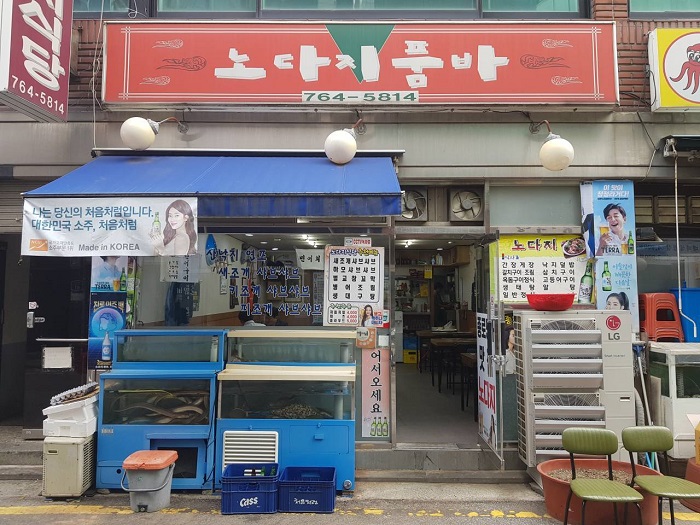
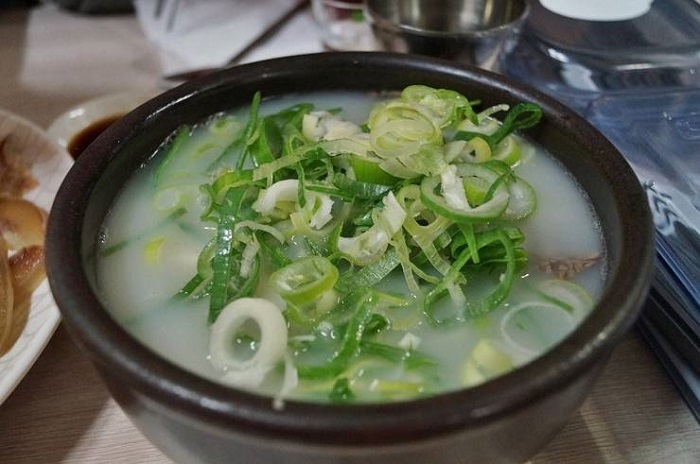

![Rakkojae Seoul Bukchon Hanok Hotel [Korea Qaulity] / 락고재 서울 북촌 한옥호텔 [한국관광 품질인증/Korea Quality]](http://tong.visitkorea.or.kr/cms/resource/40/2698240_image2_1.jpg)
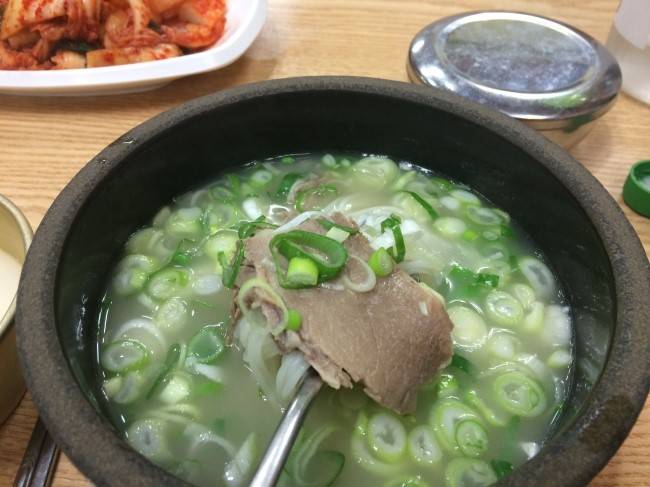
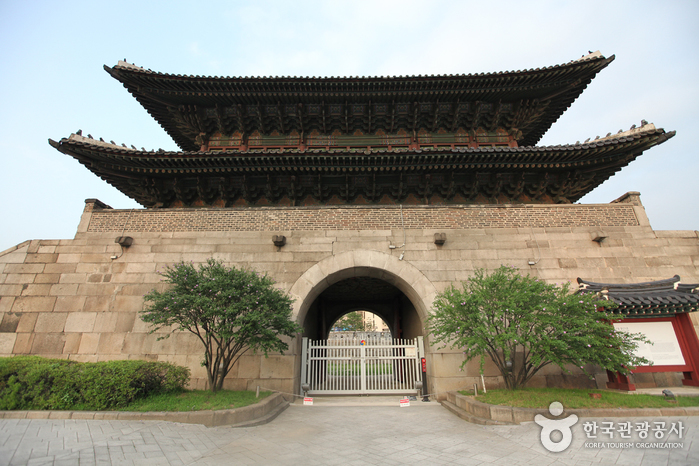
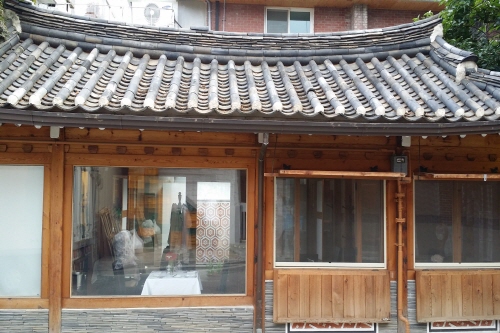
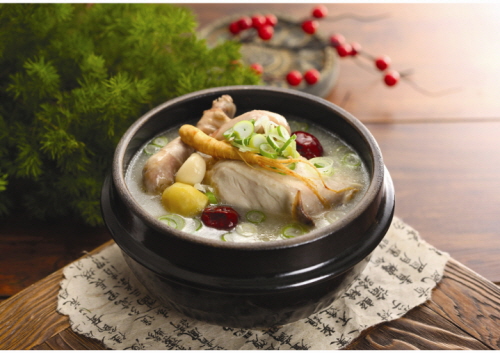
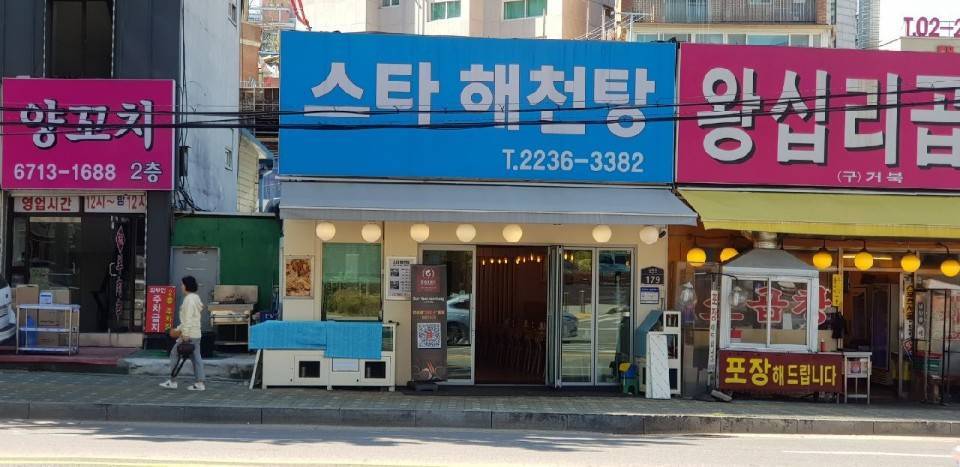
 Español
Español
 한국어
한국어 English
English 日本語
日本語 中文(简体)
中文(简体) Deutsch
Deutsch Français
Français Русский
Русский